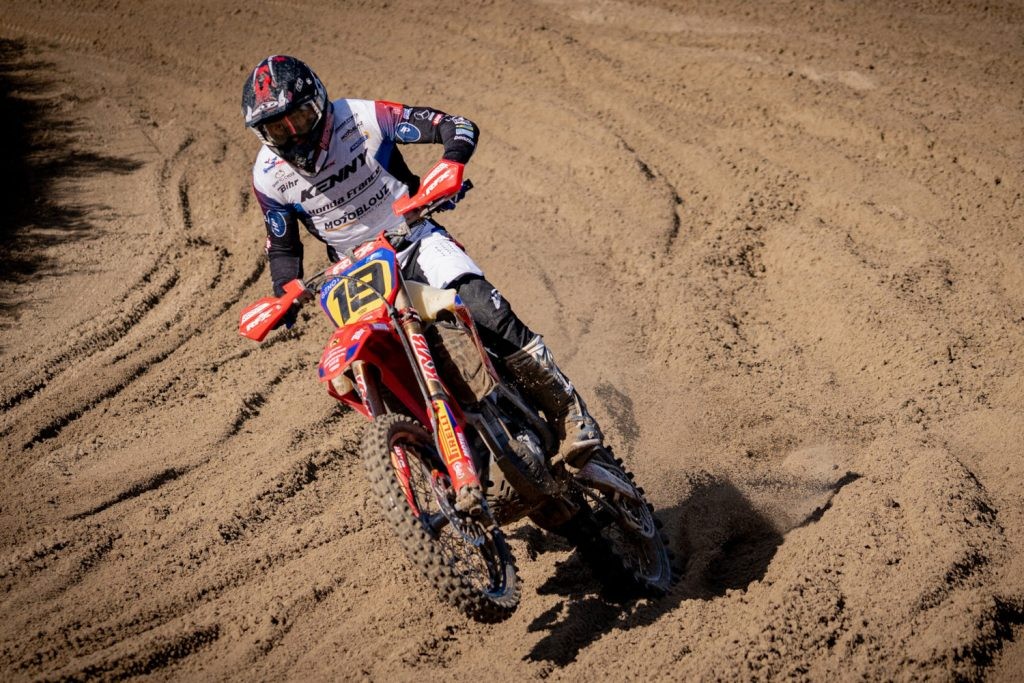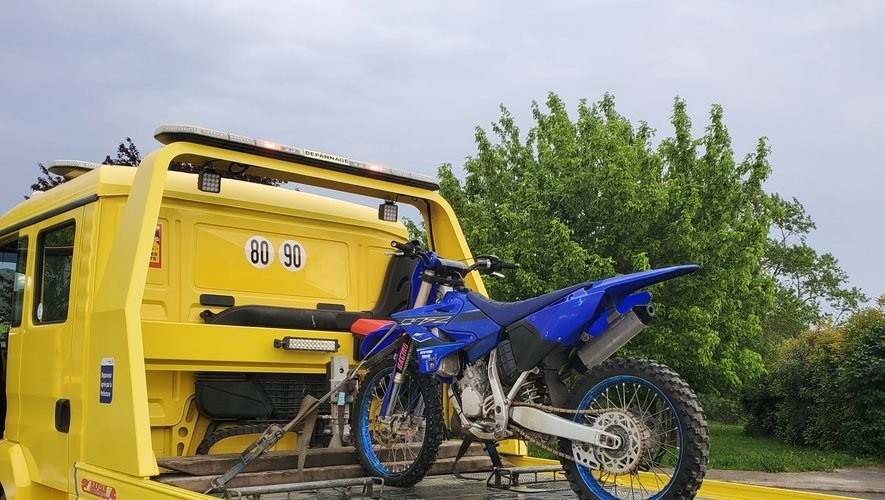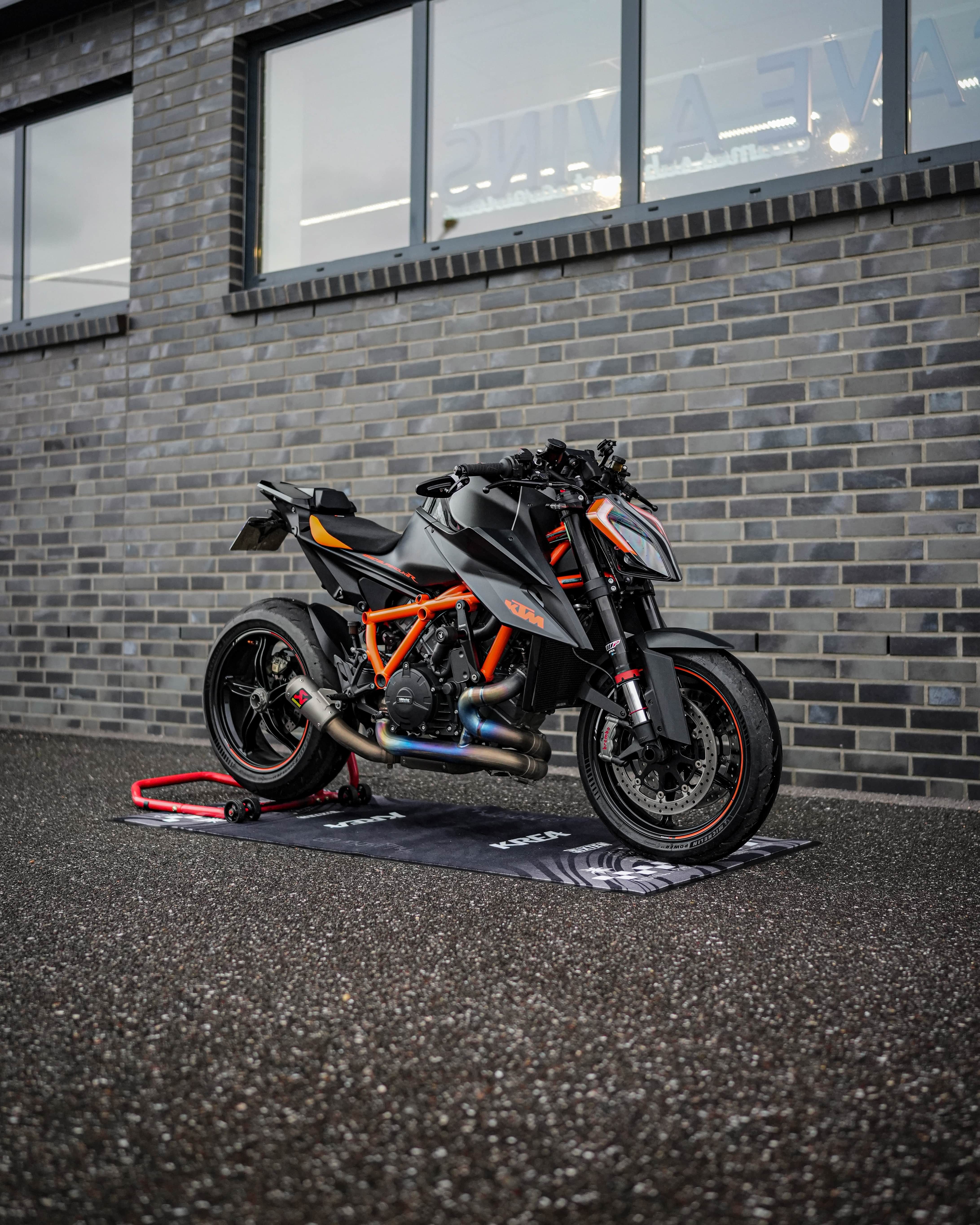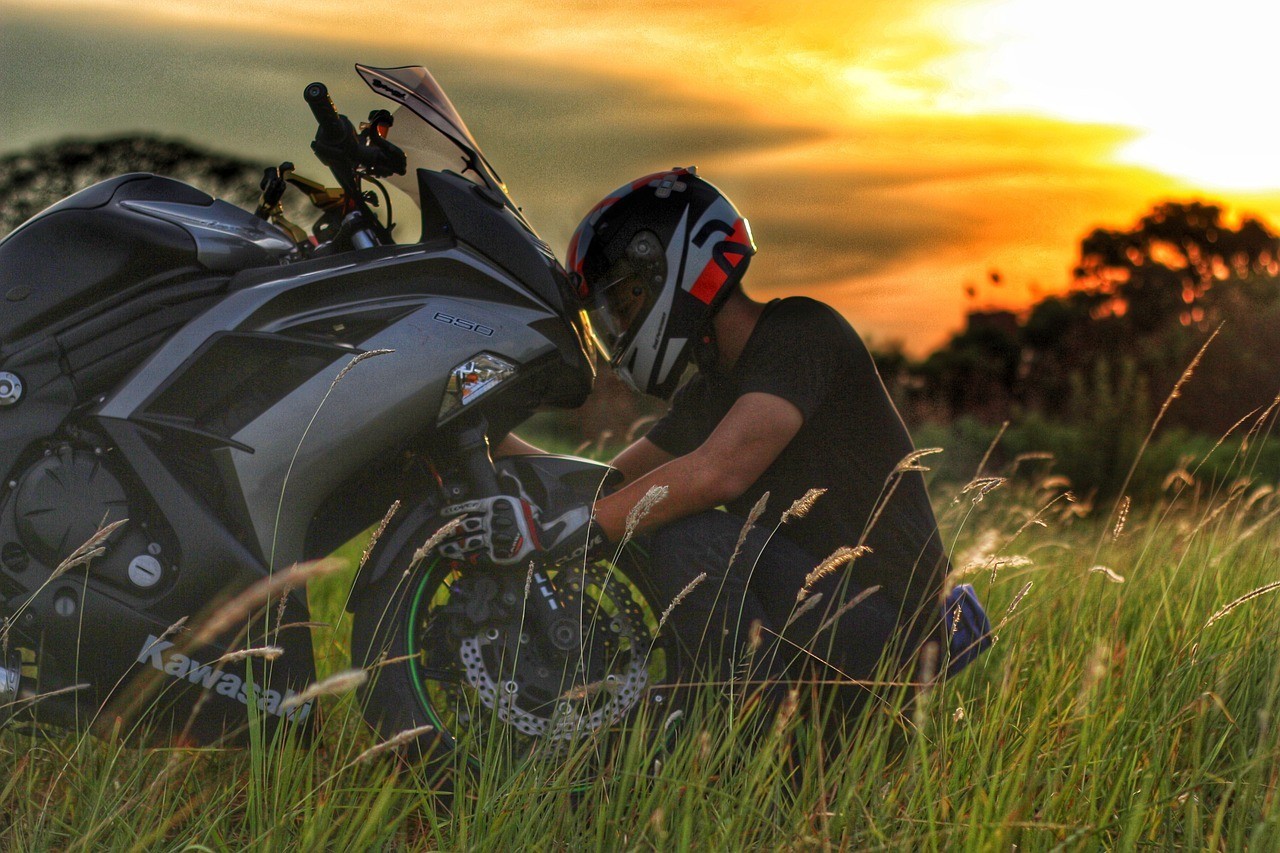Motocross Suspension Settings for Sand: Complete Guide & Tips

Motocross Suspension Settings for Sand: How to Optimize Your Setup?
Adjusting your motocross suspension for sand is a crucial step to boost your performance on sandy terrain. Unlike hard-packed tracks, sand demands specific settings to gain stability, avoid sinking, and reduce rider fatigue. In this article, we’ll explain how to properly tune your front and rear suspension, adjust your bike’s height, and optimize your tires for confident riding on sand. ?
Why Are Specific Suspension Settings Essential for Sand?
Sand is a shifting surface that absorbs impacts but makes the bike unstable. A poorly adjusted suspension can lead to unpredictable front-end behavior, loss of grip, and increased rider fatigue.
By adapting your motocross suspension settings for sand, you gain traction, avoid bogging down, and improve your flow on the track. Here's a step-by-step breakdown.
1. Front Fork Settings for Sand
Reduce Compression:
Sand requires a softer front fork to absorb small bumps without excessive rebound. Lowering the compression allows the fork to compress more easily, offering better stability.
- Turn the compression adjuster counterclockwise to soften the damping.
- Make gradual changes—1 to 2 clicks at a time—until you find the right balance.
Increase Rebound:
Too fast a rebound can destabilize the front wheel on sandy ground. Slightly increase the rebound damping to slow down the fork’s return and maintain better ground contact.
- Turn the rebound adjuster clockwise to increase the damping effect.
2. Rear Shock Adjustment for Sandy Terrain
Soften the Shock:
On sand, the rear shock must absorb impacts without compressing too much. Slightly reduce both high- and low-speed compression to prevent the bike from bouncing excessively over bumps.
- Adjust low-speed compression (usually labeled “LSC”) for smoother action over small bumps.
- Adjust high-speed compression (“HSC”) to better handle bigger hits.
Prevent Bottoming Out:
Although sand naturally absorbs some impacts, it can still hide rough sections. Make sure your shock doesn’t bottom out by adjusting the spring preload for optimal balance.
- Check your rear shock sag. A setting between 100 to 105 mm is generally recommended for sand riding.
3. Adjust Your Bike’s Height for Sand
On sand, a bike that’s too low may lose traction, while one that’s too high can be harder to handle. Adjust your height according to your riding style and body type.
- Slightly lower the front: Slide the forks a bit higher in the triple clamps to lower the front wheel. This improves steering and helps prevent the front from diving too deep into the sand.
- Maintain overall balance: If you change the front, don’t forget to adjust the rear to keep your bike balanced.
4. Tire Pressure for Sand
Although not directly related to suspension, tire pressure significantly affects how your settings perform. For sand, use lower pressure to increase the contact patch with the ground.
- Front: 0.9 to 1.0 bar
- Rear: 0.8 to 1.0 bar
Also, make sure to use sand-specific tires for maximum grip.
5. Test and Fine-Tune Your Settings
Every rider and bike reacts differently. Once your suspension is set, test it on sandy terrain. Pay attention to the feedback and adjust accordingly.
- If the front dives too much: slightly increase compression or reduce spring preload.
- If the rear bounces excessively: increase the rebound damping of the rear shock.
- If the bike feels unstable in corners: adjust the front/rear balance by tweaking fork height or rear preload.
6. Practice Riding in the Sand
Even with perfect suspension settings, sand riding requires specific technique. Shift your weight back on the bike to lighten the front and use a higher gear to keep your momentum.
7. Protect the Environment with the Right Mat ?️
In addition to tuning your suspension for sand, think about protecting the environment during your sessions. Use a motocross environmental mat to prevent oil or fuel leaks from contaminating the sandy ground.
Our SIXTEN environmental mats are designed to meet rider needs: anti-slip, durable, easy to clean, and compliant with FFM/UFOLEP standards.
- ✅ Suitable size for off-road motorcycles
- ✅ High-quality absorbent material
- ✅ Professional look with customizable logos
Check out our motocross environmental mats
Boost Your Efficiency on Sand
Motocross suspension settings for sand are key to progressing on this demanding terrain. By adjusting your forks, shock, tire pressure, and riding posture, you'll improve your performance and reduce fatigue.
For even better results, make sure to equip your pit area with a high-quality environmental mat that meets standards and protects nature.
? Get ready for your next ride on sand: gear up, tune your bike, test your settings... and go full throttle!





